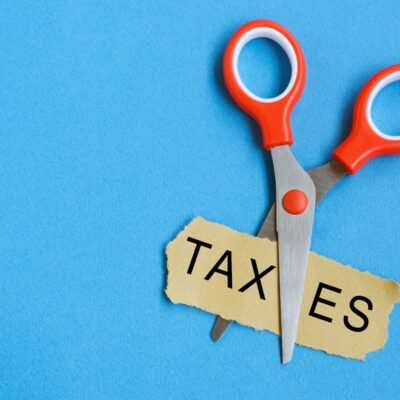
RECOMMENDED READING
As painful as the Covid-19 economic fallout has been, the unemployment rate today is lower — and the average rate this year has been lower — than the average during the four years of former President Barack Obama’s first term, according to the Bureau of Labor Statistics. That is no defense of the current catastrophe — only an observation that the catastrophe is not a once-in-a-century occurrence but one to which Americans have become quite accustomed.
For struggling groups, the picture is even worse. For instance, take men with only a high school degree. In the 1990s, about 73% of them were working at any point in time. That figure fell below 70% after the 2001 recession and never bounced back. Then it fell below 65% following the Great Recession and stayed there through the long, slow recovery. When Covid struck, it went below 55%, and still remains below 60%. This decline represents 4 million fewer men working than had 1990s economic conditions persisted.
So, while ending the pandemic is obviously job one, the more consequential question for policymakers, and for presidential candidates Donald Trump and Joe Biden, is not how to get out of this particular mess but rather how to change the course of an economy that, through booms and busts, has been leaving much of the population behind.
Recommended Reading
Tax Cut Did What?
The supply-side investment surge that never was
Some Like It Hot
Unsustainable economic stimulus at an expansion’s peak, not tax cuts or tariffs, fueled the Trump boom.
A Major Question Still Remains for Biden’s Campaign
American Compass’s Oren Cass reviews Joe Biden’s acceptance speech for the 2020 Democratic presidential nomination.












